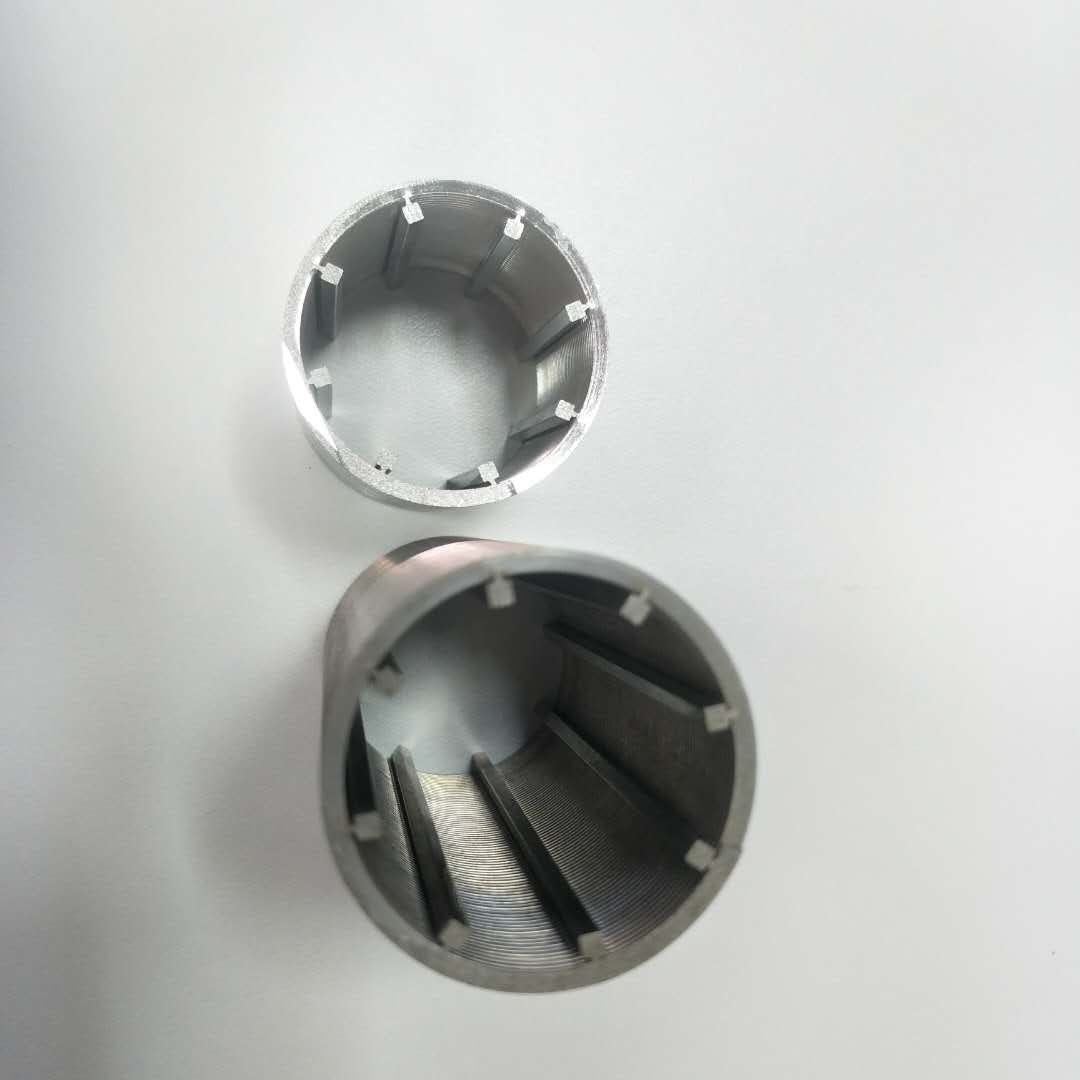A few days ago, a forum conducted a survey on the popularity of tire brands to understand the tendency of car owners to change their tires. The survey results showed that 39.02% of the customers chose Michelin tires. 19.51% of the owners chose Pirelli. 17.07% of the owners chose Bridgestone and Horse tyres respectively. Only 7.33% of the owners chose the original tyre or other standard. Brand tires.
From the above investigation, it can be seen that most of the consumers’ first choices are big brands such as Michelin and Bridgestone, and few people choose ethnic brand tires.
In this regard, most tire industry practitioners generally hold the view that most of the international tire giant brands have accumulated over the past 100 years, their market recognition is naturally higher, domestic national brands are still young, and brand recognition is low and normal.
So where is the way out for national brands? The reporter communicated with some people in the industry and hoped to get some inspiration from it.
A market officer at Kumho Tire told the editor that in addition to improving product quality, Chinese tire companies still need to do their homework in two areas. “One is marketing; the other is product idea, and it is a product that the market needs.†He said. At present, the tires of domestic national brands can only meet the “low-level†quality demands of consumers. This is far from enough.
What is the "low-level" quality appeal?
"Simply put, it is the length of time the tire is used." The above person told reporters that the length of tire use refers to the degree of wear. There used to be a concept of consumption that "what is good is good," but with the improvement of people's living standards, it is far from satisfying people's needs that they can only use it. Now, tire comfort, safety performance, noise size, wet skid resistance, ice-slip resistance, and grip performance are gradually being considered by consumers.
When communicating with reporters, a staff member of the Dongfeng Automotive Technology Center expressed similar views: “In terms of quality, Chinese tires are not actually lost to foreign brands. However, tires produced by Chinese companies are in terms of noise, rolling resistance, etc. And there are some gaps between foreign brands."
The source said that when the car manufacturers choose matching tires, these are very important reference indicators, and Chinese companies start relatively late in these areas, and some companies have not yet realized its importance.
“The research and development of big brand tires is based on consumer demand.†One person with years of tire sales experience told editors that big brands such as Michelin and Goodyear have a very good grasp of consumer demand. For example, consumers complain that tires are noisy and fuel-efficient. These brands will improve on these issues. By optimizing the tread design, wear mileage and service life will be effectively improved, but the price will not be different from the previous generation.
"The existence of these products has gradually increased the appetite of consumers and squeezed the survival space of national brands," said the salesman.
The industry insiders who communicated with reporters all believed that production and consumption have not yet been closely linked. This is indeed a big problem in the development of China's tire industry. All along, Chinese companies are mostly "door-to-door" and do not understand where consumers' needs are, and they can't keep pace with the times. This has seriously affected the influence of national brands.
An industry source said that although Chinese tire companies have begun to pay attention to product performance issues, it is undeniable that the company's transition is still passive. "Products can't just stay in the past. They must meet the present and even lead the future. Only by transforming their thinking and creating a consumer-recognized brand in a down-to-earth manner will it be possible for ethnic tire companies to become bigger and stronger." The person finally said.
Cylindrical Johnson Screen is a wedge shaped wire welding filter element for solid-liquid separation. Cylindrical screen is a kind of Johnson screen and can be made into different shapes (Basket Shaped Johnson Screen, Nozzle Cap , Tubal Johnson Screen and Conical Johnson Screen and so on). Its filtration mode is filtering from the outside to the inside and filtering from the inside to the outside.

The minimum slot opening cylindrical Johnson screen is 25 um (0.001 inch) and the maximum slot opening cylindrical Johnson screen is 25 millimeter (1 inch).
The common material is 304, 321, 316 L, 904 L duplex stainless steel 2205, duplex stainless steel 2507, Monel alloy.etc.

It is widely used in many fields, such as petroleum refining and refining industry, water supply and sewage treatment, pulp and paper industry, mining and sand processing, construction industry, food filtration, nuclear power and so on.
Cylindrical Johnson Screen
Johnson Screens,Cylindrical Johnson Screen,Stainless Steel Cylindrical Johnson Screen,Stainless Steel Johnson Screen
Xinxiang Shengda Filtration Technique Co., Ltd. , http://www.shengdafiltration.com